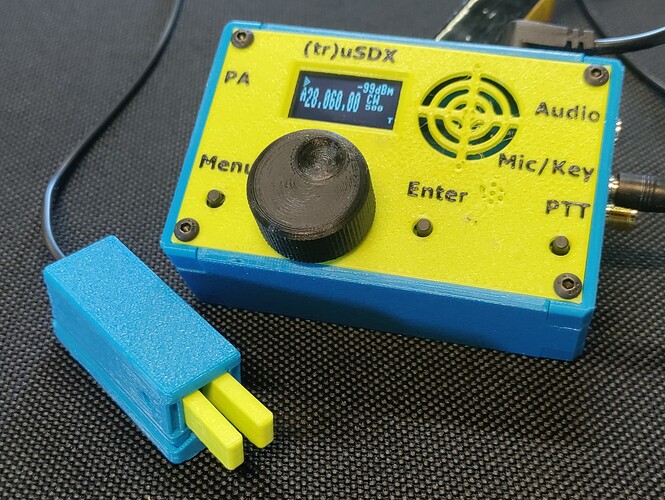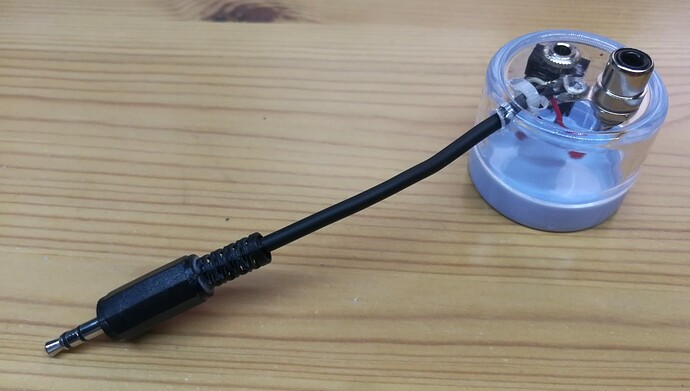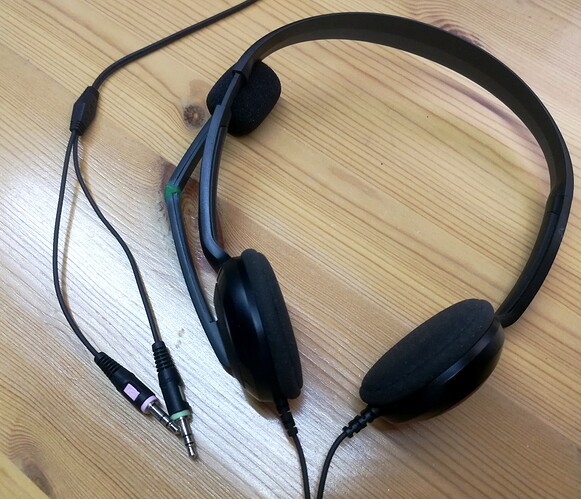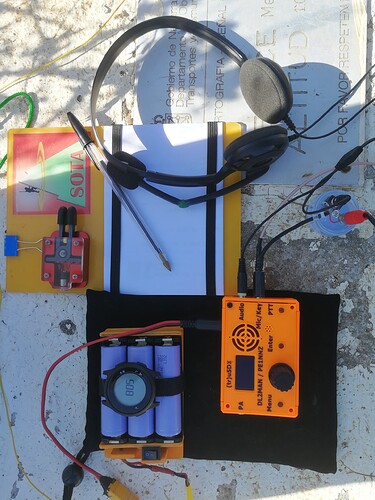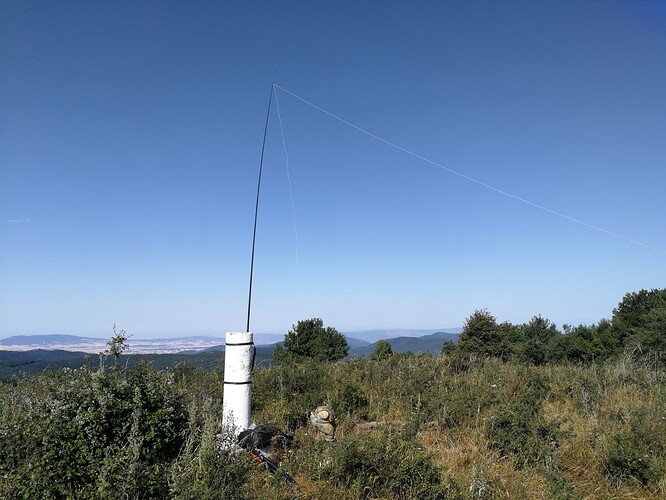Hello,
I bought one trUSDX in kit form and built it myself (from EA3GCY approved supplier).
Soldering process was fun and not that huge, although it’s not a kit for a novice. I had some troubles first and fried the BS-170 transistors due to a bad enammel removal in the SWR measuring circuit toroids.
It was good that no alignment was necessary appart from the frequency adjustment easily accomplished by centering the CW carrier on my IC-7300 spectrum monitor.
I would support the pros and cons listed by Richard at the beginning of the thread.
As for me, this will not be my primary radio as I’m lucky to have better options in my gear, but anyway, it was a thing to get and try for the price.
After a few days of usage here at home I feel this would be an okay CW rig, and a worse rig for SSB.
I find SSB transmission dirty, as others have said, and this is the most annoying feature I find in this rig.
I tried to improve the transmitted audio quality by using an external microphone and played a bit with the only two parameters that influence on the SSB quality that I find in the menu: Noise gate and TX drive settings. Their default value is 4 and 4 for both.
On-air testing monitored by my friend Jorge, EA2LU suggested that:
- internal mic sounds much poorer when compared to an external mic
- the settings at 4 & 4 level were a bit too agressive and over compressed
- reducing these settings to 1 & 1 produced less distortion and artifacts, although they should influence on output pwr a bit.
I recorded an audio file to compare several situations. You can hear it below:
- Part 1: internal mic / Noise gate 4 / Tx drive 4
- Part 2: internal mic / Noise gate 1 / Tx drive 1
- Part 3: external mic / Noise gate 1 / Tx drive 1
- Part 4: external mic / Noise gate 4 / Tx drive 4
Additional optimization could be achieved by using different settings, perhaps a different combination of both.
Audio file: (recorded on my IC-7300 without antenna, preamp off, attenuator on, RF gain reduced)
In order to plug my Sennheiser computer headset (PC 3 model) I built an easy interface to get the correct pinout and added an external PTT hand switch:
I now need to take it to a SOTA activation and see how it deals in the field…
73 de Ignacio
